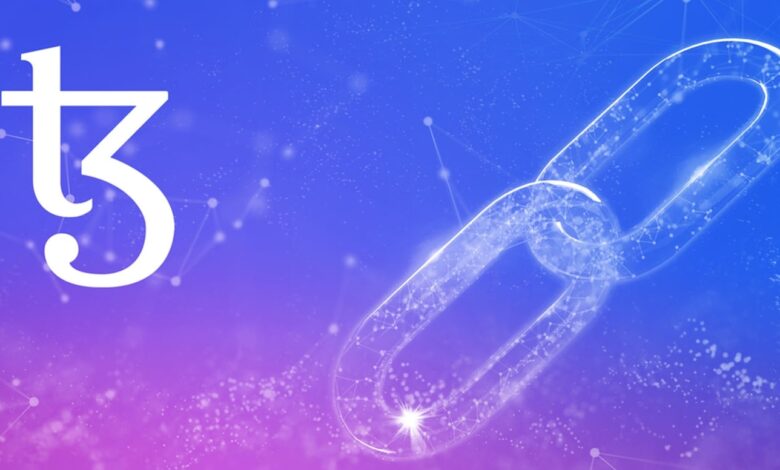Tezos and its Self-Amending Protocol

Are you familiar with Tezos? This blockchain platform has been gaining popularity due to its unique feature, the self-amending protocol. In this article, we will explore Tezos and its self-amending protocol, how it works, and its benefits.
What is Tezos?
Tezos is a decentralized blockchain platform that allows developers to create smart contracts and decentralized applications (dApps). Tezos is unique in the sense that it has a self-amending protocol that allows the platform to evolve without the need for a hard fork.
What is a self-amending protocol?
A self-amending protocol is a mechanism that allows a blockchain platform to upgrade itself without the need for a hard fork. Hard forks are disruptive to the network, as they require all nodes to upgrade their software to the new version. This process can take a lot of time and effort, and it can also result in a split in the network if not all nodes upgrade to the new version.
With a self-amending protocol, the process of upgrading the platform is much smoother. The platform itself has the ability to propose and implement upgrades, without the need for a hard fork. This makes it easier for developers to implement changes to the platform, and it also ensures that the network remains secure and stable.
How does Tezos’ self-amending protocol work?
Tezos’ self-amending protocol is based on a formalized governance process that allows stakeholders to propose, vote, and implement changes to the platform. The governance process is based on a liquid proof-of-stake consensus algorithm, which means that stakeholders can vote on proposed changes based on the number of tokens they hold.
To propose a change to the platform, a stakeholder must create a smart contract that outlines the proposed change. The smart contract is then added to the blockchain as a proposal. Other stakeholders can then review the proposal and vote on whether to accept or reject it.
If the proposal is accepted, the smart contract is automatically executed, and the change is implemented on the platform. This process ensures that the platform can evolve over time without the need for a hard fork, and it also ensures that the network remains secure and stable.
What are the benefits of Tezos’ self-amending protocol?
Tezos’ self-amending protocol has several benefits over traditional blockchain platforms.
First, it allows the platform to evolve over time without the need for a hard fork. This means that the network can adapt to changing circumstances and new developments, without disrupting the existing network.
Second, it ensures that the network remains secure and stable. The governance process ensures that changes to the platform are thoroughly reviewed and approved by stakeholders, which reduces the risk of bugs or vulnerabilities being introduced to the network.
Finally, it provides a more democratic and decentralized governance model. The liquid proof-of-stake consensus algorithm ensures that all stakeholders have a say in the governance process, based on the number of tokens they hold. This ensures that the platform is governed in the best interests of all stakeholders, rather than a select few.



